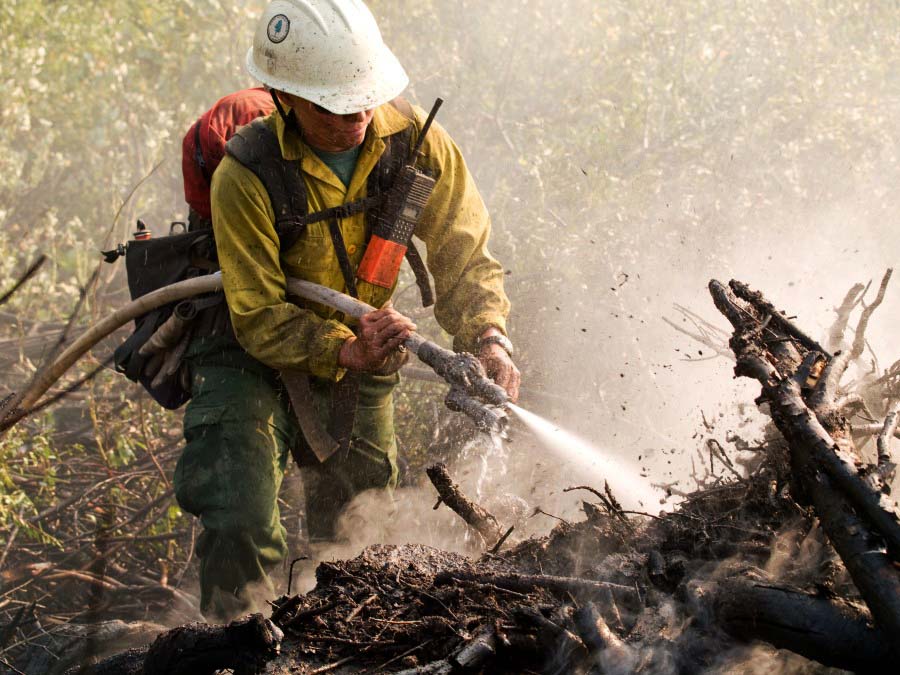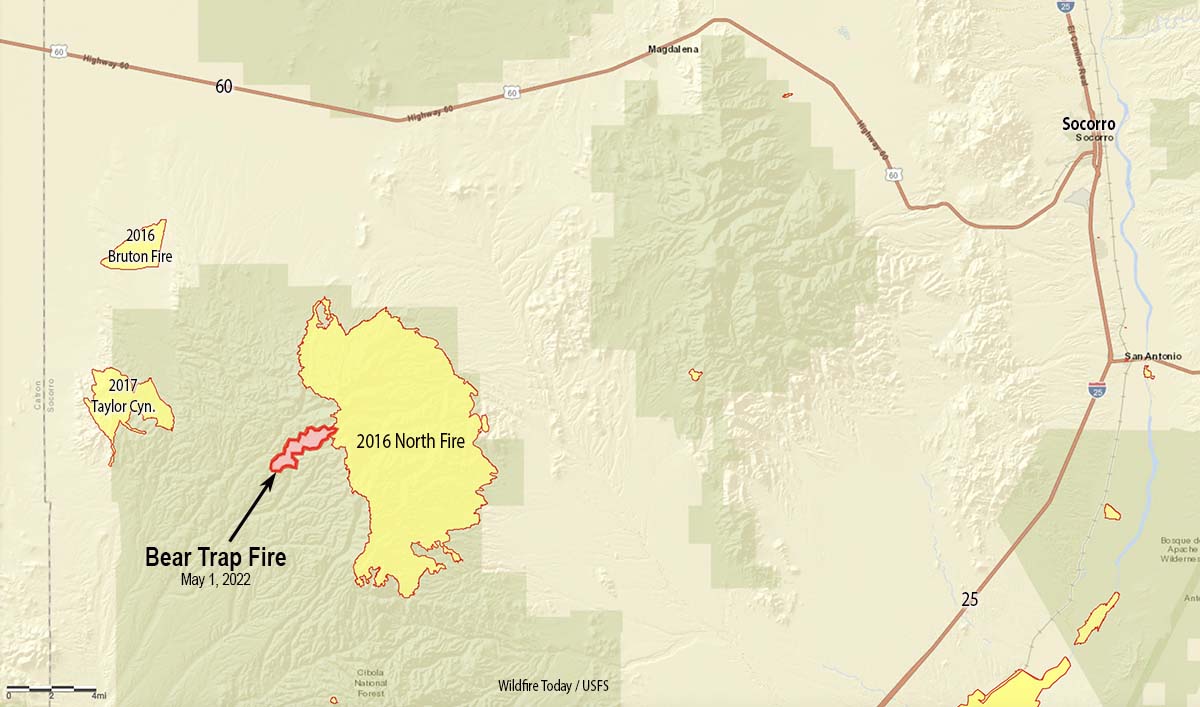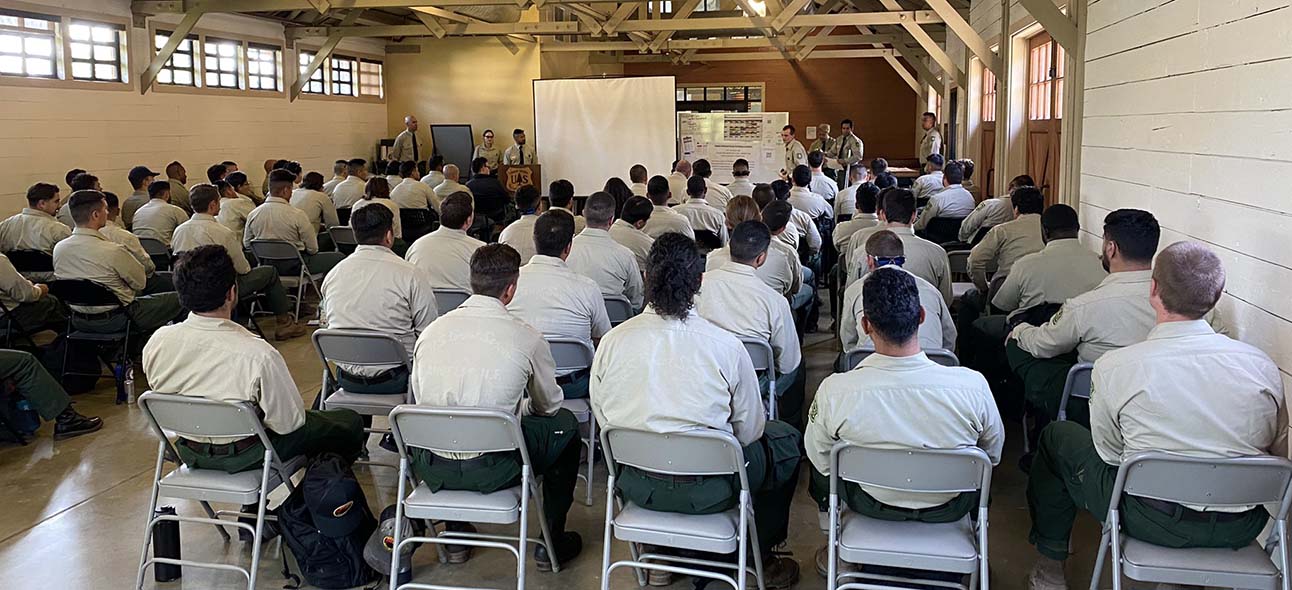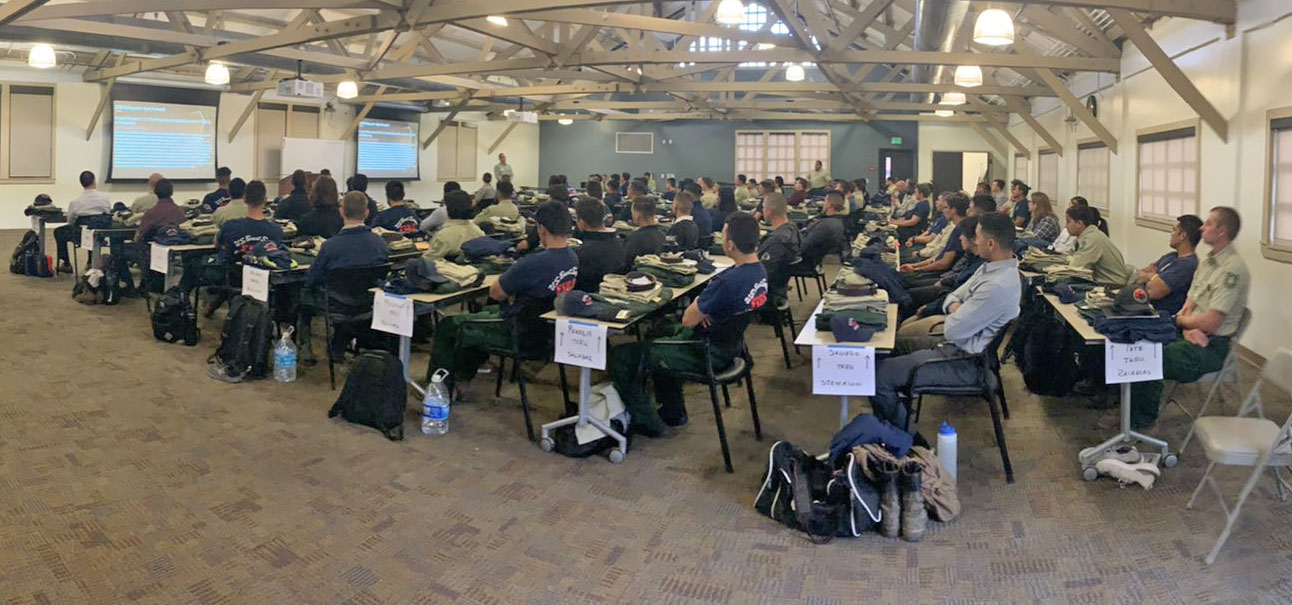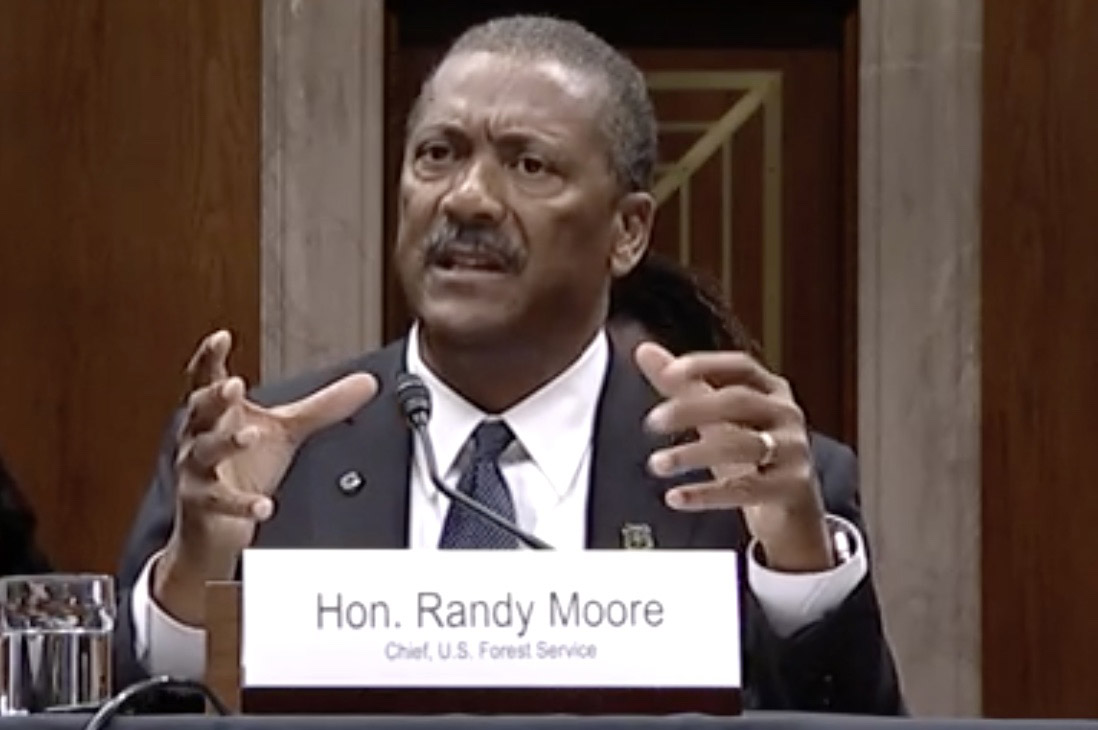
In testimony before the Senate Appropriations Committee on Wednesday, Forest Service Chief Randy Moore was asked by Oregon Senator Jeff Merkley about the status of hiring wildland firefighters. Chief Moore said their goal is to hire 11,300 nationwide and the current level is at 10,200, or 90 percent. He said in some areas the agency has only reached 50 percent of their staffing goal.
“Fifty percent sounds a little scary,” said Senator Merkley, ” when you’re thinking about the fires that we’ll be facing in our various states.”
Chief Moore said many of the Forest Service’s firefighting positions are in Washington, Oregon, and California.
“We are making offers, and there’s a lot of declinations in those offers,” Chief Moore said. “There’s a lot of competition in the labor market for these skills. Because when you have county, state, and private firefighters often sometimes [making] double the salaries the Forest Service firefighters are making it’s very hard to compete with that.”
Chief Moore said they have a plan in place to make up for the shortfall that they are currently seeing. They will be hiring through July to try to fill the remaining jobs and will count on contracted firefighters and the use of Administratively Determined, or AD, temporary personnel. The ADs, if they are qualified, can be hired for days or weeks to staff fire engines and hand crews, and can also fill certain overhead positions at fires.
The Chief’s words were different from those spoken by another very high-ranking person in the Forest Service. In Congressional testimony on April 5, the US Forest Service Deputy Chief of State and Private Forestry testified before members of Congress that a firefighter hiring event “went very well”. It turns out that the event had not started yet.
“We just completed an additional fire hire event in California at the end of March and those numbers are still coming in,” Ms. Jaelith Hall-Rivera said. “I do think we are on pace. By all accounts that hiring event went very well. Importantly what we are seeing is a very high acceptance rate in our permanent and seasonal permanent firefighting positions, which is what we want.”
In recent years the federal agencies with wildland firefighting responsibilities have had difficulties hiring and retaining firefighters, resulting in engines and hotshot crews that can’t respond to fires because there are not enough employees to staff them to minimum standards. The reasons cited for resignations, early retirements, and declinations of job offers include very low pay, extensive time away from home, failure of the government to financially support personnel injured on the job, and stress on family life.
On Monday National Public Radio’s flagship station in Southern California, KCRW, interviewed Brianna Sacks, a Buzzfeed News reporter who has been covering the hiring and retention issues faced by the U.S. Forest Service and other federal agencies that have wildland fire responsibilities.
“The burnout is really real for these firefighters who are making no money. They make their living doing thousands of hours of overtime and they still can’t afford to make ends meet,” Sacks told KCRW. “They’ve been leaving en masse, hemorrhaging firefighters to go to CAL FIRE, PG&E, or private sector jobs. And they’ve also been part of the great resignation with the pandemic.”





